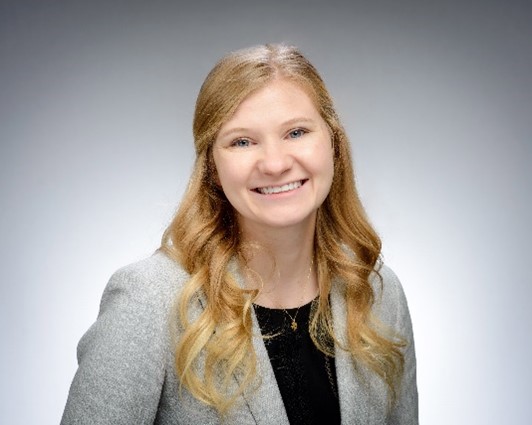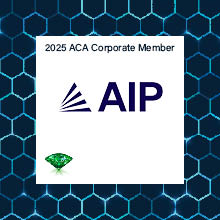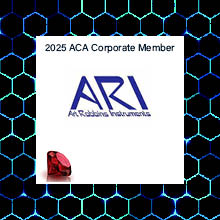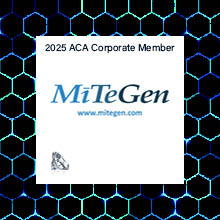- Home
- About ACA
- Publications & Resources
- Programs
- Annual Meeting
- Membership
- -History-
- ACA Video Library
ACA Early Career Scientist Spotlight-24
Personal StatementMy general area of research focuses on the structure and function of the metastasis-associated lung adenocarcinoma transcript 1 (MALAT1) triple helix when bound by small molecules. This long non-coding RNA has a triple helix formed on the 3′-end that contributes to the stability and accumulation of the RNA leading to the onset and progression of disease. Therefore, my project aims to better understand both the structure and function of the MALAT1 triple helix apo and bound by small molecules. I have employed the techniques of cryogenic-electron microscopy (cryo-EM) and X-ray crystallography to solve the 3D structure of the MALAT1 triple helix in complex with molecules derived from diphenylfuran and diminazene, which were generously provided by Prof. Amanda Hargrove (Duke University). This 3D structure will provide a model for the rational design of small molecules for effective targeting of the MALAT1 triple helix.
The Brown lab implements two structural techniques, X-ray crystallography and cryo-EM, where we are developing a workflow for cryo-EM, which is a new technique for the Brown lab. Working closely with the Brown lab postdoctoral researcher, Dr. Krishna Shivakumar, we have developed a pipeline for the design and transcription of RNA for cryo-EM analysis. Additionally, we have expanded our knowledge and skills for sample preparation and screening. With the assistance of collaborators, Prof. Charles Bell (The Ohio State University), I expanded my computational knowledge using software like cryoSPARC to obtain a structure of the MALAT1 triple helix in the unbound state. This project has not only instilled a passion in structural biology but has allowed me to grow as a researcher and to be at the forefront of new structural discoveries in the Brown lab. Crystallography and cryo-EM are exciting to me as they are like a puzzle that I am trying to solve. There is a fundamental question that can be answered, all from knowing the 3D structure. The sample preparation and optimization/troubleshooting are exceptionally rewarding when you see your structure for the first time. These are all the reasons that I love the expanding field of structural biology, as we are all researchers working together to solve a puzzle to better understand biological and chemical life. My poster was created to focus on my two techniques of cryo-EM and X-ray crystallography. I demonstrated the steps that were taken to optimize grid preparation for cryo-EM to obtain our promising unbound MALAT1 triple helix structure. Additionally, through co-crystallization I obtained crystals that resulted in low-resolution diffraction but are a promising first step for further optimization to attain higher diffraction resolution. The American Crystallographic Association 2023 conference was the first structural-focused conference that I attended, and the community of researchers provided feedback and suggestions that have significantly aided in my approach to solving my structures via computational jobs and software to try to improve the final resolution of my MALAT1 triple helix structures . Throughout my research at the University of Notre Dame, I have developed a passion for structural biology and want to continue in this field after completing my Ph.D.. I hope to work as a staff scientist in either the industrial or academic setting where I can implement the skills that I have developed in cryo-EM sample preparation and analysis. Additionally, I hope to share my knowledge and educate new scientists on how to get started on their projects and continue to expand in this incredible field. |






















